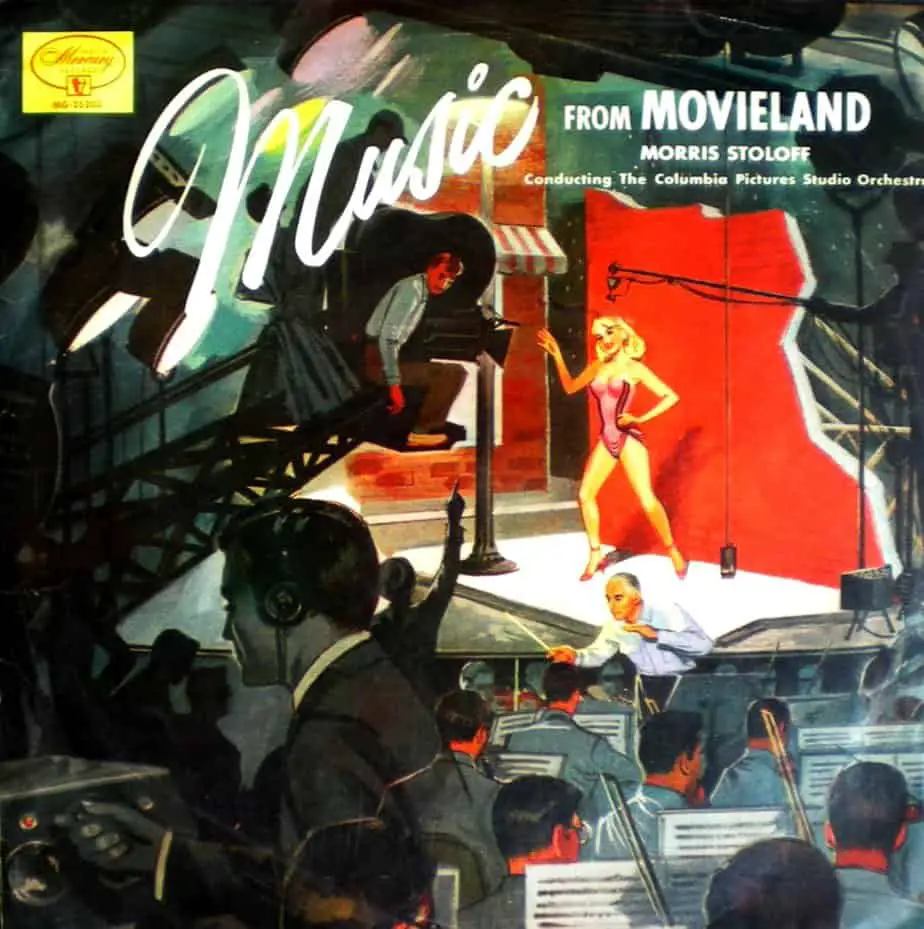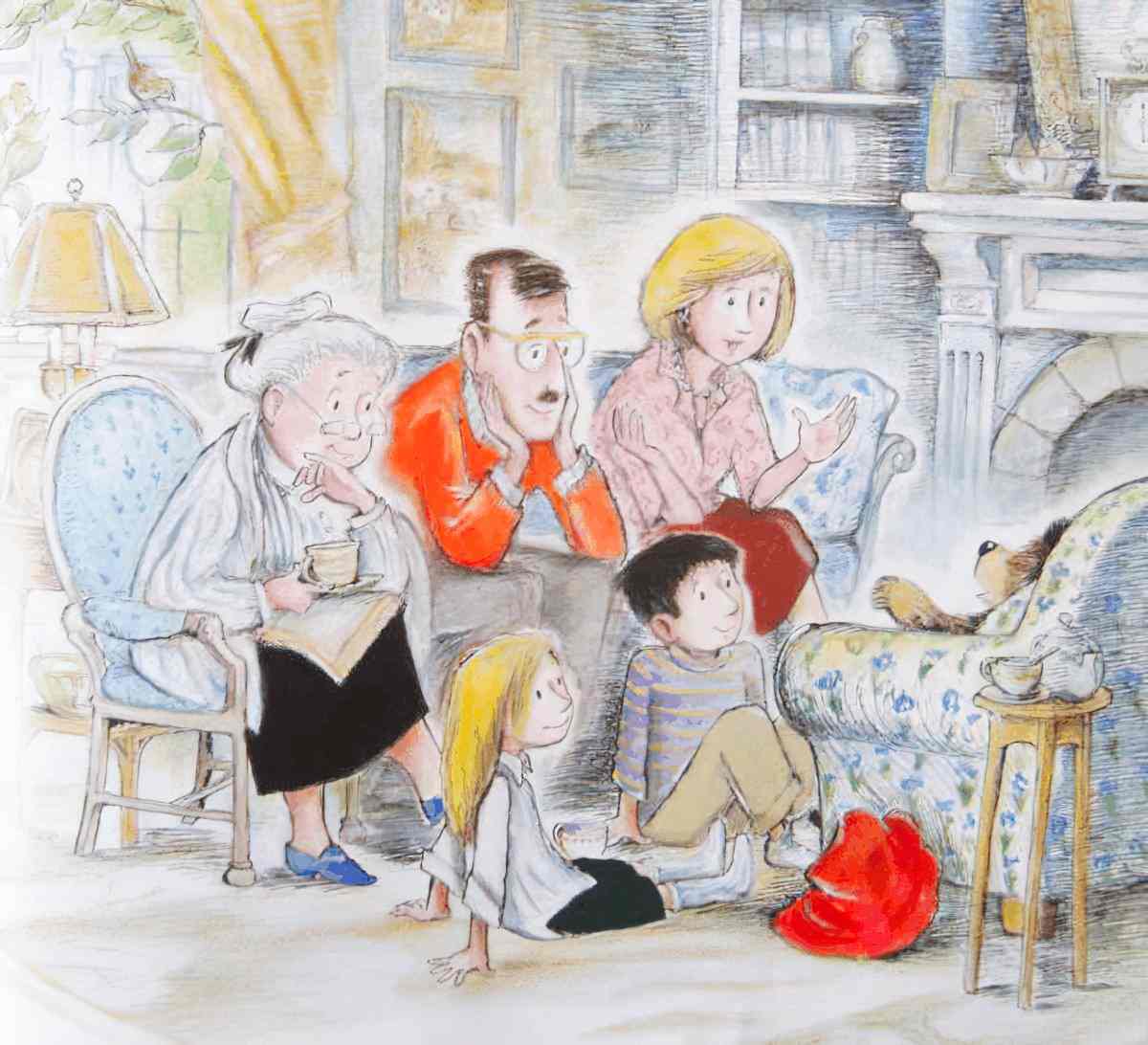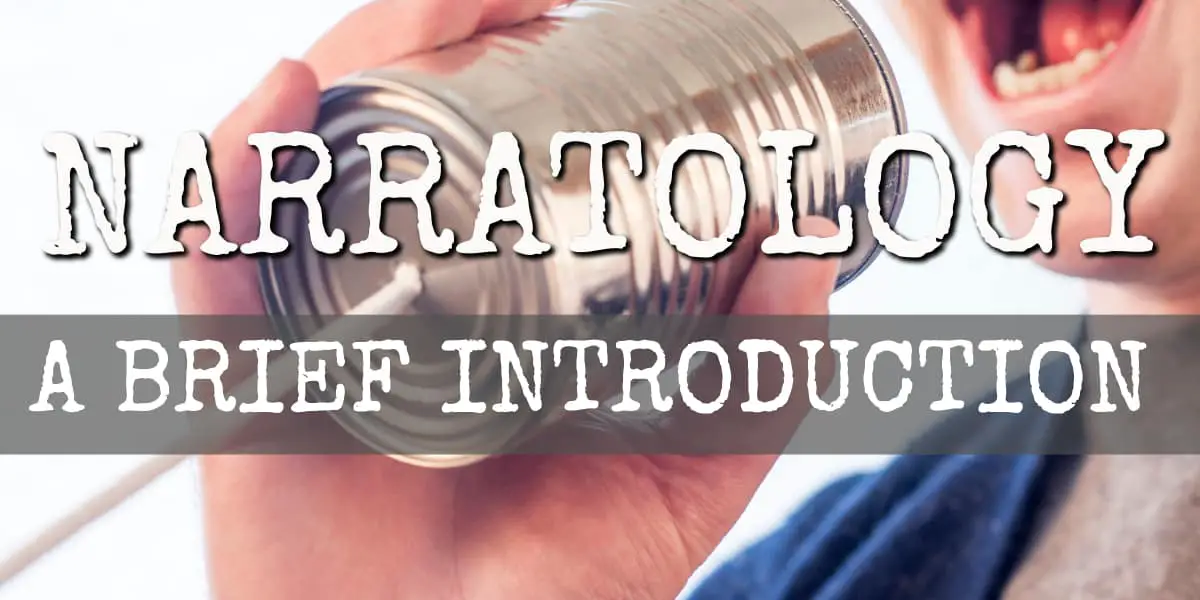Writers think in terms of point of view: omniscient, third person, first person, second person. Close third person, universal first person and so on. For most purposes, point of view as a concept does fine. But it’s worth taking a brief look at terminology used by narratologists. Every narratologist comes with their own terminology. The concepts below are courtesy of Gerard Genet.
These concepts are especially worth a look if:
- You are almost ready to start writing but can’t decide which point of view would be best for this particular story, and no amount of POV articles are helping out.
- Or maybe you’re self-editing and you suspect your narration is patchy, e.g. too intrusive in places
- Or if you would like to parody novels from an earlier era, in which narration was handled quite differently
- Or if you’re writing experimental fiction
- Or someone in your writing group keeps pointing out head-hopping, but you know it’s not head-hopping at all, but you don’t know how to explain it’s not (tl;dr: it’s probably psycho narration by an overt narrator).
THE MEANING OF DIEGESIS
‘Diegetic’ refers to something that occurs within a setting: ‘In-universe’.
On the other hand, ‘non-diegetic’ refers to something that has been tacked on afterwards: ‘out-of-universe’.
In a film ‘diegetic sound’ appears to originate from within the story. So music might be coming out of a car radio and the characters can supposedly hear it. Quentin Tarantino’s film soundtracks are diegetic. Gritty, real-life drama such as The Wire would never add a soundtrack in after (or if they do, it doesn’t seem like they do). Cinema verite (e.g. Meek’s Cutoff) makes use of diegetic sound because the aim is to make the audience feel this is real, we are there.
Non-diegetic sound is sound that has been edited in afterwards for the benefit of the audience. An example of non-diegetic sound would be a sad soundtrack that plays as a character walks through a forest. In this case, the audience can hear the music but the character cannot. There is no surround sound system in the forest. The music does not exist ‘in-universe’.

In narration, diegesis describes a narrator’s involvement in the story as well as their distance from the narrative. In a separate post, I describe how these terms meld together to describe levels of narration, and in another I look at how writers create experimental fiction by blending functions.

DESCRIBING A NARRATOR’S INVOLVEMENT IN THE STORY
The following words explain a narrator’s involvement in the story they are telling.
Heterodiegetic Narration
A heterodiegetic narrator does not take part in the story.
Homodiegetic Narration
A homodiegetic narrator is part of their own story.
Literally means ‘identical with fiction’.
They may or may not be the main character.
Autodiegetic Narration
An autodiegetic narrator is a homodiegetic narration who is ALSO the MAIN character in his/her own story.
Think autobiography. The narrator of an autobiography is also the star of the autobiography.
Holden Caulfield in Catcher in the Rye — because he is telling us exclusively about himself, his own feelings and thoughts.
If you really want to hear about it, the first thing you’ll probably want to know is where I was born, and what my lousy childhood was like, and how my parents were occupied and all before they had me, and all that David Copperfield kind of crap, but I don’t feel like going into it, if you want to know the truth.
The Catcher in the Rye by JD Salinger
Sometimes the narrator seems to be telling a story about someone else, but they’re actually telling the story in order to understand themselves better, or as a form of catharsis. In this case the narration can be classified as autodiegetic.
An example is Sal in Walk Two Moons (1994).
Gramps says that I am a country girl at heart, and that is true. I have lived most of my thirteen years in Bybanks, Kentucky, which is not much more than a caboodle of houses roosting in a green spot alongside the Ohio River. Just over a year ago, my father plucked me up like a weed and took me and all our belongings (no, that is not true — the did not bring the chestnut tree, the willow, the maple, the hayloft, or the swimming hole, which all belonged to me) and we drove three hundred miles straight north and stopped in front of a house in Euclid, Ohio.
Walk Two Moons by Sharon Creech
Although the narration of Walk Two Moons reads quite a lot like Catcher in the Rye, take a look at the advertising copy:
“How about a story? Spin us a yarn.”
Instantly, Phoebe Winterbottom came to mind. “I could tell you an extensively strange story,” I warned.
“Oh, good!” Gram said. “Delicious!”
And that is how I happened to tell them about Phoebe, her disappearing mother, and the lunatic.
As Sal entertains her grandparents with Phoebe’s outrageous story, her own story begins to unfold — the story of a thirteen-year-old girl whose only wish is to be reunited with her missing mother.
A Long Way From Chicago by Richard Peck is another example. The narrator talks about his grandmother. We get an excellent portrait of this old woman over a series of summers. Over this time the narrator grows up, finally leaving for war. Although the novel is ostensibly about a boy describing his grandmother, he is the character who changes and comes of age.
INVOLVEMENT AND DIVERSITY
It’s never immediately apparent who a story is ‘about’ based purely on ‘point of view’. When a storyteller (focaliser) tells a story involving another character, the story could be mostly about the storyteller themselves, mostly about another character, or about both, in varying degrees of proportion.
A shorthand way of figuring out who a story is ‘about’: Who gets to star in the moral line of the story? Who gets to have the character arc, the anagnorisis?
We are obliged to think carefully about who gets to be the star of a story because storytellers who narrate other characters’ stories can mask lack of diversity.
Is Million Dollar Baby a story about a Black man because Morgan Freeman’s character narrates? Well, the Black narrator has a minor character arc owing to the story he’s telling, but the guy who gets to have the main revelation (that he was being an asshole) is the White boxing trainer. (Meanwhile, the female boxer played by Hillary Swank is little more than a sacrificial lamb. Yet this film gets compared to Rocky, in which Rocky Balboa is the genuine star of his own story.)
For more on this — in easy-to-understand filmmaking terminology — definitely take a look at a 2005 blog post by John August: The Dawn Of Character Function. A Draft Zero podcast talks about these distinctions at length.
DESCRIBING DISTANCE FROM THE NARRATIVE
The following terms describe the narrator’s distance from the narrative.
Extradiegetic Narration
An extradiegetic narrator is one who narrates a story from outside the fictional universe of a particular text. This narrator communicates the primary narrative to an audience equally removed from the setting; this audience, then, is the extradiegetic narratee.
Extradiegetic narrators may be characters in their narratives, but at the moment of narration they are operating from without its setting. This may happen when a character-narrator tells the story some years after the event, from another fictional level. (After some insight has been gained.)
Think of this term as: ‘Out-of-universe’. Bear in mind that the term extradiegetic does not refer to whether the narrator is a personal narrator telling about their childhood, say, or an impersonal narrator telling about some other character’s childhood. Both are extradiegetic. (Even the audience is extradiegetic.) This all-encompassing word describing anyone who is not part of the level zero setting.
I hate hate hate when the ends of chapters say things like, “I would look back on this day for years and wonder what ever happened to that cat.” You’ve just sucked me into a wonderful chapter and I’m eager to see what comes next, but with that one line you draw attention to the fact that this is a story I’m being told and it takes me right out of the immediacy of it and kills all the tension. Also, if this is a murder mystery or the character is being chased, you’ve just told me that character survives for years and so they probably live at the end of this story. What’s the point of continuing to read if the reader knows the ending?
CA Marshall, editor
In Twilight, Bella is writing her memoir from ‘the other side’ of her main story — early in the story she’s not a vampire. So in the first book of the Twilight stories she is extradiegetic.
I’d never given much thought to how I would die – though I’d had reason enough in the last few months – but even if I had, I would not have imagined it like this.
Twilight by Stephenie Meyer
The style of narration in Monkey Grip by Helen Garner allows for much reflection. Helen Garner is an extremely reflective writer and chooses for Monkey Grip to narrate in first person with an extradiegetic narrator. From page 2:
So, afterwards, it is possible to see the beginning of things, the point at which you had already plunged in, while at the time you thought you were only testing the water with your toe.
This is a great example of the kind of reflection that can only come after much distance.
Intradiegetic Narration
Use this word to describe narrators who are part of the setting. This is a narrator who tells a story as if it is happening, without distance.
THE TERMINOLOGY OF WRITERS
There is of course a difference between how narratologists and academics talk and how writers talk. But everyone shares common concepts, using different terminology. When writers talk about narration, they speak of ‘point of view’. Take the example of ‘retrospective first person’.
RETROSPECTIVE FIRST PERSON
A first-person narrator who tells a story about [their] own experiences.
The first-person retrospective narrator is “split into two different manifestations of the same self, one who narrates and one who experiences (Nicol 195).”
Two Selves: Crafting Effective First-Person Retrospective Narrators, Annie Frazier, referencing Bran J. Nicol, an Iris Murdoch scholar.
This POV is opposed to simple past, in which a narrator simply writes about what happened to them in some ambiguously close past moment, e.g. “I walked to the store, and my ex-wife was there. She did not look happy to see me.”
Adam O’Fallon Price on Twitter
Another way of describing this technique: The narrator has two selves, the intradiegetic self and the extradiegetic self.

